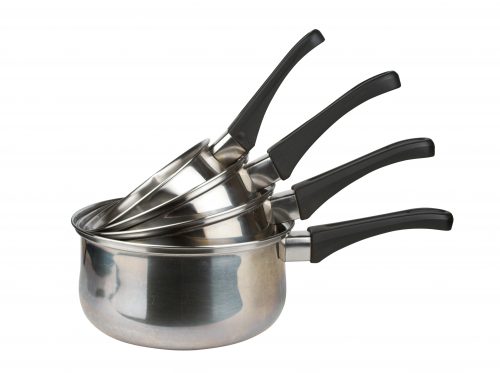
What can we do to reduce our energy use in the kitchen and reduce our carbon footprints?
A typical New Zealand household spends $1,600 each year on electricity. A good chunk of this is used in the kitchen by cooking and appliances. So how can we reduce it?
- If you can, install energy-efficient eco light bulbs in the kitchen. Compact fluorescent bulbs use 20% of the power of regular bulbs.
- Check your hot water temperature. It should be 55°C at the tap – for every 10°C higher you are using 10% more electricity.
- Use the microwave for simple cooking as much as you can; it uses less power than other cooking appliances. But don’t forget to turn it off at the wall when not in use, otherwise the clock will eat up all the power you’ve saved!
- Small appliances like slow-cookers, contact grills and benchtop ovens use less power than a large oven so if your household is small, these are good options.
- Use a ring on the stove that fits the pot you’re using and no larger. Keep lids on pots where you can to reduce cooking time and heat loss.
- Use the ‘eco’ or ‘economy’ setting on your dishwasher, if it has one. And only run the dishwasher when it’s nice and full.
- Turn off your old beer fridge if you only use it at the weekend.
- If you’re getting a new stove, gas cooktops and ovens are more efficient than electric.
- When you’re buying appliances, look for the Energy Star rating – the more stars, the more energy efficient.
Check the energywise.org.nz energy calculator to see where your energy (and hard-earned cash) is going.
© Healthy Food GuideAll rights reservedReproduction without permission prohibited
www.healthyfood.com
www.healthyfood.com










